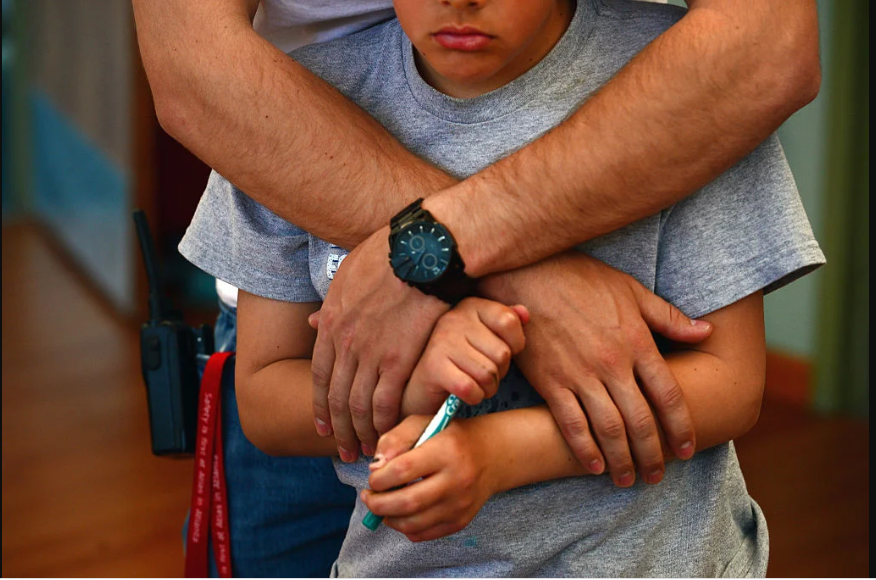There has been a steady increase in the number of children who are seen in emergency rooms for suicidal thoughts, according to a new study – and the increase started even before the Covid-19 pandemic, which brought record high demand for psychological services for children.
The pandemic’s effects drew renewed attention to suicide in teens and young children.
In June, the Biden administration called the recent rise in rates of depression, anxiety and suicidal thoughts among kids an “unprecedented mental health crisis.”
The study, published Monday in the journal Pediatrics, used data from hospitals in Illinois. The researchers looked at the number of children ages 5 to 19 who sought help for suicide in emergency departments between January 2016 and June 2021.
In that period, there were 81,051 emergency department visits by young people that were coded for suicidal ideation. About a quarter of those visits turned into hospital stays.
The study found that visits to the ER with suicidal thoughts increased 59% from 2016-17 to 2019-21. There was a corresponding increase in cases in which suicidal ideation was the principal diagnosis, which rose from 34.6% to 44.3%.
READ ALSO: UNICEF to provide quality child protection services for vulnerable children in Kaduna
Hospitalizations for suicidal thoughts increased 57% between fall 2019 and fall 2020.
“It just really highlights how mental health concerns were really a problem before the pandemic. I mean, we saw this huge increase in [emergency department] visits for kids of all ages, honestly, in 2019, and it’s very concerning,” said study co-author Dr. Audrey Brewer, an attending physician in advanced general pediatrics and primary care at Ann & Robert H. Lurie Children’s Hospital of Chicago and a researcher in the Department of Pediatrics at Northwestern University Feinberg School of Medicine.
“We saw more kids than we typically do … wouldn’t necessarily have thought would have problems about suicidal ideation. We saw 5-year-olds. To see them presenting to emergency departments for mental health or for suicide-ideation-related visits is very concerning.”
Dr. Nicholas Holmes, senior vice president and chief operating officer at Rady Children’s Hospital in San Diego, said the increase in the number of kids seeking help in his health care system has been “profound.”
“Over the last nine years, where we would see about anywhere from one to two patients a day that were having a behavioral health crisis, now we’re seeing 20-plus a day,” said Holmes, who was not involved in the new research.
READ ALSO: Why heading could be banned from football for children under 12
The new study cannot determine exactly why so many more young people are going to a hospital with thoughts of suicide, but Brewer thinks it may be a combination of factors.
Many of the children who were hospitalized with suicidal thoughts had other mental health problems like anxiety, depression and substance use, she said.
Children also are responding to trauma in their lives and social influences on their health like poverty, historical trauma and marginalization, trouble at school, online bullying and the pressures brought by social media, in addition to a lack of access to counseling and therapy.
“It’s important for parents to feel empowered to really sit back and listen to their kids and talk to them. Really try to relate and understand what is going on with them and help promote positive relationships,” Brewer said.
“We really need to develop more of a strategy to help support all kinds in different ways and really focus on some of those traumas and social influences of health,” Brewer said. “We need to make sure more children will have safe places to grow and thrive.”


 Business6 days ago
Business6 days ago
 Business6 days ago
Business6 days ago
 Business6 days ago
Business6 days ago
 Latest1 day ago
Latest1 day ago
 Business6 days ago
Business6 days ago
 Business7 days ago
Business7 days ago
 Politics6 days ago
Politics6 days ago
 Latest3 days ago
Latest3 days ago
